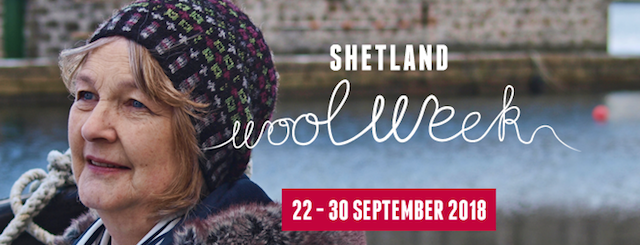
This is the saga of OG observed beginning in the Summer of 2018. I have added to the story for as long as I could recognize OG. Never in >20 years of living with Canada Geese had I seen what happened to this goose. In 2020, I became involved in a more involved goose adventure that helped me understand what happened to OG as well as learning a lot about goose vocal and body language and to be able to recognize a limited number of geese. For these adventures read my post Life With Canada Geese.
There have been Canada Geese nesting at the pond since I moved here in 1997 but none nested here in 2017. There have been so many geese over the years that someone from US Fish and Wildlife showed up telling me they had identified the Farm as a hot spot for goose activity in Hunterdon County via satellite and wanted to take a look! More than a little scary….
Anyway, 2018 was a whole new set of geese, none of the older families reappeared. This was easily recognized as the prior families were quite familiar if not super friendly with the occupants of the Farm.
This new group of geese did not win any parenting awards as they blindly followed the goslings onto the roads and did not seem to point out other hazards either. The prior families were much more savvy and proactive about hazards to the goslings. Needless to say it was a miracle that any of them made it to adulthood. Very late in the season, a gosling showed up that had born much later than all the others. He seemed to lose his parents regularly as the goslings would all mix together and it became difficult for the parents to realize when one was missing (later learned this is called creching aka community baby sitting).
In late August OG was found crying at one of the pasture gates when he couldn’t figure out how to get through it, but the only goose who came for him was another gosling who was a bit older. The two of them stayed together for another couple of months (last seen together Aug. 31, 2018).
When it became time for the geese to start making day trips, they all took off and left OG. I’ve never seen adult geese abandon a gosling before this. Eventually even his buddy took off (OG alone Sep. 1, 2018), leaving OG crying relentlessly for a good 30 minutes afterwards. OG disappeared for a few weeks and reappeared alone on Sep. 16th. He stayed at the pond alone until some flocks of geese began day visits on Sep. 23rd. The geese would return most days and OG would cry and cry when they left in the evening. Listening to him cry was truly heart breaking.
This went on for a week and I began to think he had something wrong with him, that he couldn’t fly and maybe that’s why the other geese gave up on him and left. Then suddenly OG started trying to fly when the other geese were leaving. On the third day he was able to fly off with them (Sep. 30th)! I thought I might recognize him when he returned because we was so much smaller than all the others but I couldn’t.
I kept watching the geese cycling through and counting the family members to see if there was a pattern. Nothing obvious emerged, but on Oct. 29th a single goose landed near sunset and called repeatedly for over 15 minutes before taking off. I felt pretty sure it was OG as I’ve never seen a lone goose except for him. Different numbers of geese flew in most days and departed at dusk through Nov. Then on Nov. 27th a lone goose got left behind by a group of 20 that left at 10:30AM. He cried a good long time but then stayed until about 3PM before departing to the north east.
Dec. 23rd there was a lone goose sighted with a group of 7 that left to the north. Not sure if this was OG but it might have been. Dec. 27 a lone goose arrived at 7AM and was joined by a few other flocks during the day. He left with a group of 6 at 5PM heading towards Spruce Run Rec. Area. He hung close to this group but they kept driving him away if he got too close so he mostly stayed with a group of 3 mallards also present that day. Since then I’ve seen him (assuming it’s a him as the family groups’ male drive him away if he gets too close) about once a month, always alone.
As the 2019 goslings began to hatch out he was here most of the time, keeping with but not too close to the families. I could never tell if he was hanging closer to one family than the other which I found odd as I had hoped he’d finally find his family at nesting time. Since he was born here and the families return each year to the same place I’d assumed he’d eventually catch up with them. According to the Cornell Labs bird monograph on Canada Geese, young geese stay with their parents until they pick a mate at 2 years, and even then often stay with one of their families until they are 3 before hatching their own goslings.
Orphan Goose has been renamed Lone Goose…have seen him quite a few times, the last on Dec. 7 2019. Over the summer he was in a big fight with another male and ended up on the outskirts of the goose community even after that group had moved on. He left several weeks later.
Last updated: Feb. 28, 2021


























 We are thrilled to announce this year’s Shetland Wool Week
We are thrilled to announce this year’s Shetland Wool Week 






























